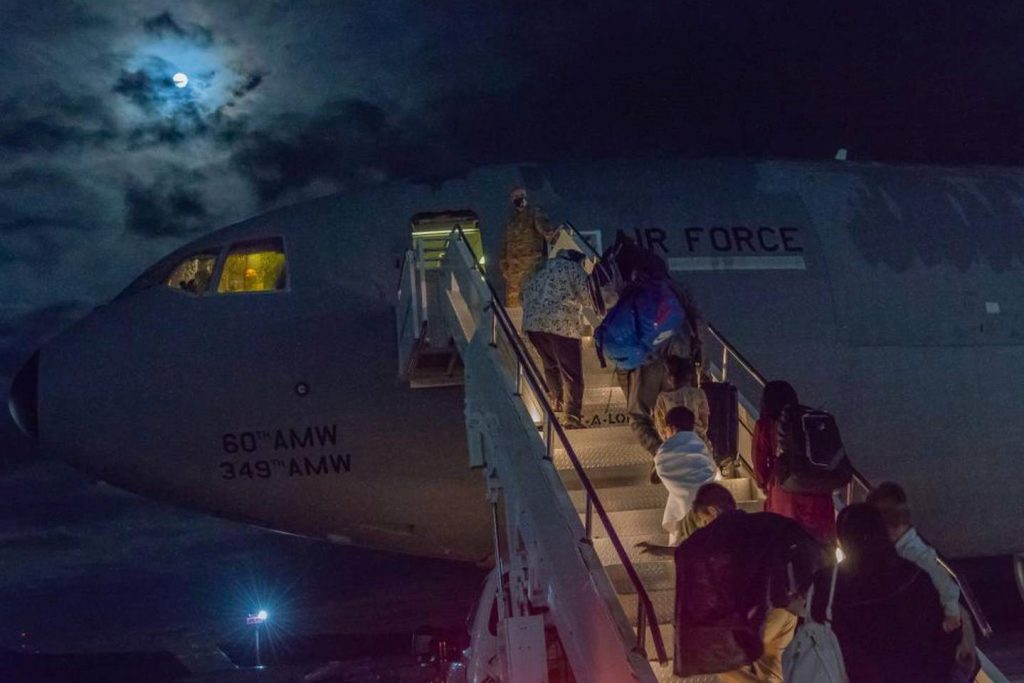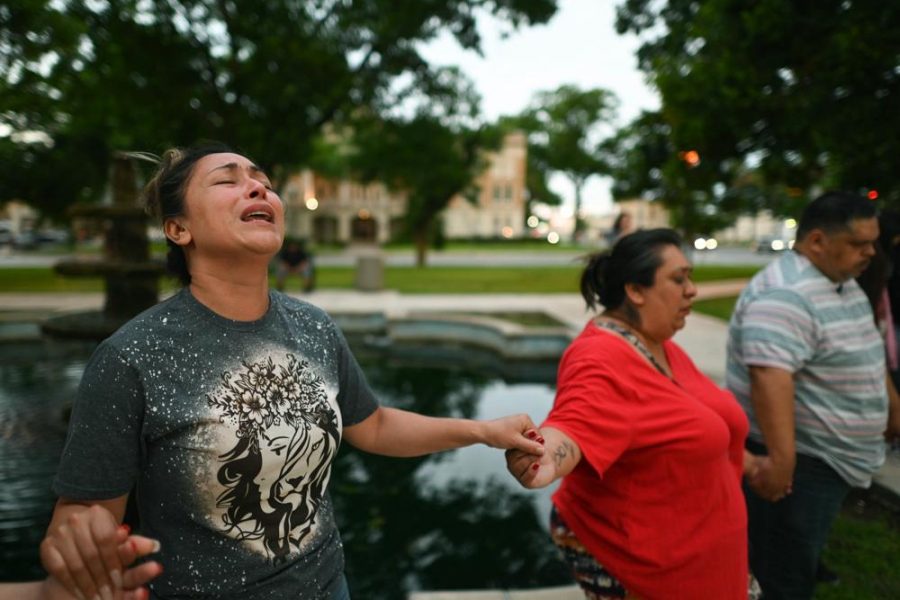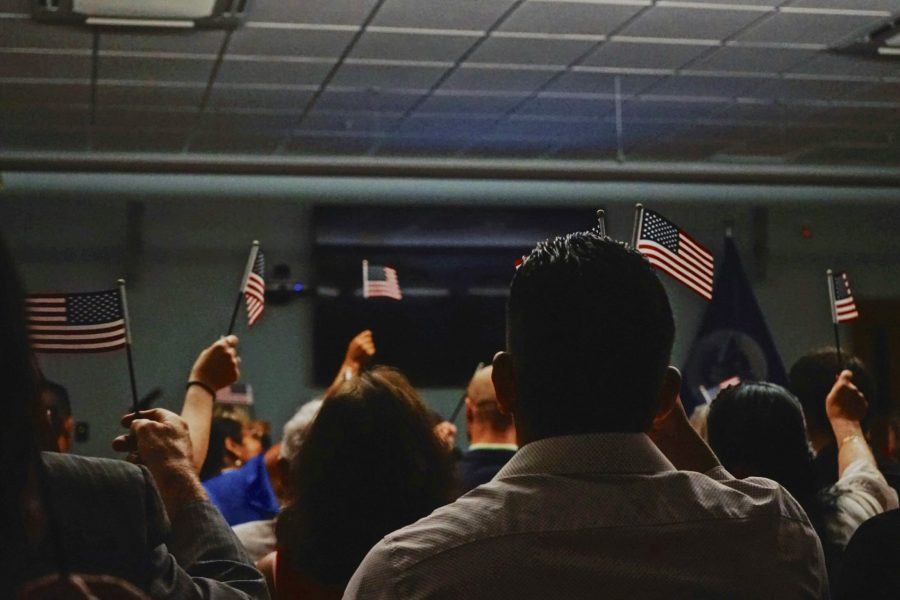September 3, 2021
International Institute of Los Angeles (IILA) collaborates closely with the U.S. Committee for Refugees and Immigrants (USCRI) to resettle refugees. The following information was provided by our partners in USCRI.
As of September 2, 2021, 123,000 people were evacuated in total from Afghanistan. Most have not yet arrived in the US.
Since August 17, 2021, 31,107 people have arrived in the US:
- 14% US citizens (4,446)
- 9% Legal Permanent Residents (LPRs), foreign nationals who have been granted the right to reside permanently in the US (2,785)
- 77% Afghans-at-Risk (23,876)
It is estimated that those who have not yet arrived in the US are most likely not US citizens and that the proportion of Afghans-at-risk and LPRs will rise in the coming weeks and months.
What type of vetting process in is place for Afghans entering the United States?
Afghans who are Special Immigrant Visa (SIV) holders undergo incredibly thorough and rigorous vetting procedures from the time they were selected to work alongside the US government and military up until their evacuation from Afghanistan. In order to apply for an SIV, one must provide employment verification after meeting certain employment qualifications, receive a letter of recommendation, submit supporting documents, and go through a comprehensive interview and security vetting process. SIVs are among the first Afghan evacuees and the first arrivals in Southern California. Nearly all the SIVs that IILA resettle are 2-parent households and their children.
Other Afghans may enter the US on humanitarian parole, in which a “compelling emergency” allows them to enter the country. Afghans who were evacuated from Afghanistan did not go directly to the US. Some went to Doha, Qatar or Dubai, United Arab Emirates first, and others subsequently touched down in a European country before landing in the United States. Those “third countries” is where Afghans are thoroughly screened and background checked.
Biometric screenings (which include voiceprints, iris scans, palm prints and facial photos) and biographic checks (more typical ‘background checks’) were conducted by intelligence, law enforcement, and counterterrorism professionals in third countries, and sometimes again once Afghans arrived in the US. The background checks, among other things, seek to identify any sort of affiliation or tie with a terrorist organization.
Defense Department officials are confident that the whole system is working, albeit slowly, due to the large number of screenings that are taking place. However, DHS is assuring that screeners are not compromising rigor for speed, and individuals are not being let into the United States until they have been cleared, even if it takes hours.
For more information, view the US Department of Homeland Security’s Fact Sheet on Operation Allies Welcome here.




